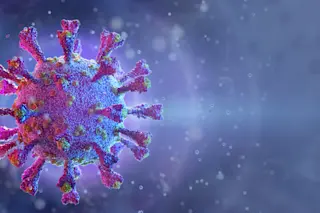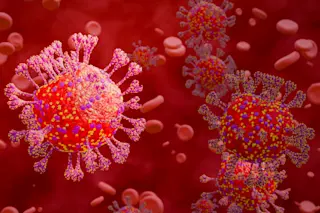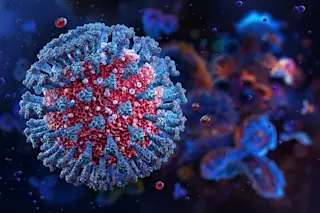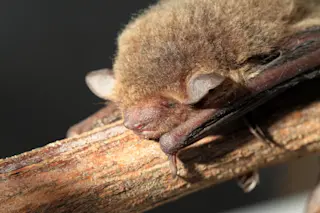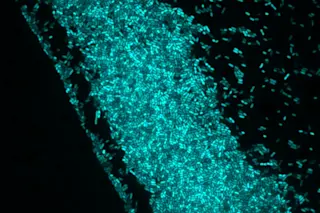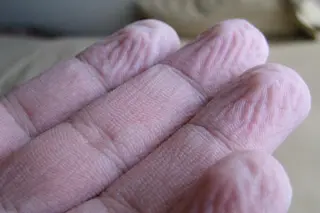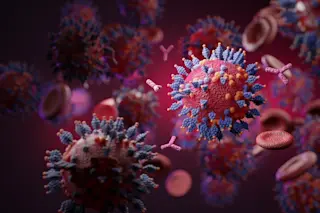Darwin gave a lot of thought to the strangest creatures on this planet, wondering how they had evolved from less strange ancestors. Whales today might be fish-like warm-blooded beasts with blowholes and flukes, but long ago, Darwin argued, their ancestors were ordinary mammals that walked on land with legs. His suggestion was greeted with shock and disbelief; neverthless, scientists have found bones from ancient walking whales. Humans, Darwin argued, evolved from apes, most likely in Africa where chimpanzees and gorillas are found today. And today scientists have found about twenty different species of hominids, from chimp-like creatures that lived six million years ago to not-quite humans that lived alongside our own species. Darwin also pondered the origins of barnacles, orchids, and many other strange creatures. But for some reason--perhaps thanks to his famously weak stomach--Darwin didn't write a single word about tapeworms. It's a pity, because tapeworms are as strange ...
Build Me A Tapeworm
Explore the intriguing evolution of tapeworms from free-living flatworms to complex parasites and their unique life cycles.
More on Discover
Stay Curious
SubscribeTo The Magazine
Save up to 40% off the cover price when you subscribe to Discover magazine.
Subscribe




